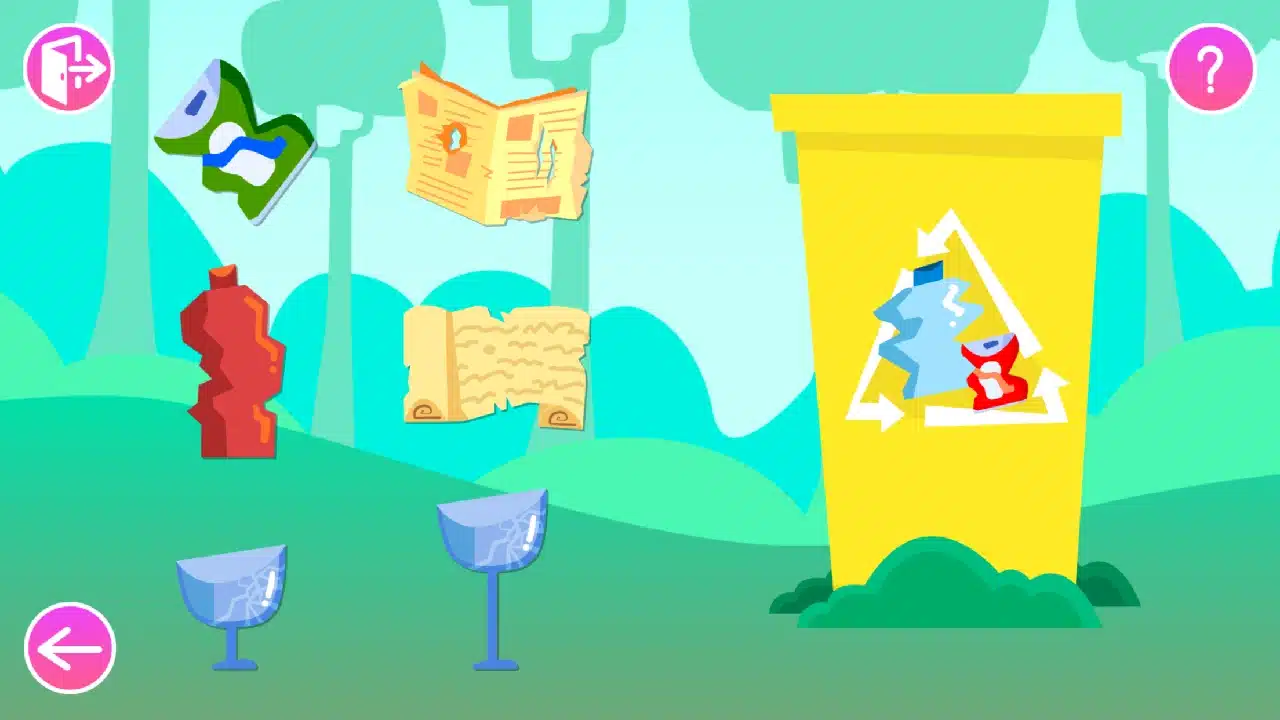Engineering is often considered a subject for older kids or adults. However, introducing engineering concepts to young children can foster creativity, problem-solving skills, and a better understanding of the world around them. One such concept is “Number Sets.” A set is simply a collection of distinct objects, considered as an object in its own right. Number Sets are a fundamental part of many areas of mathematics and science, including engineering. It is an abstract concept but can be introduced to children in a fun, playful way. Understanding the concept of sets at a young age can help children develop crucial logical thinking skills, problem-solving abilities, and even enhance their mathematical proficiency. Let’s delve into the concept of sets and how we can introduce it to children aged 3 to 6 in an engaging and understandable way.
Number Sets are a basic concept in mathematics and engineering. In the simplest terms, a set is a collection of distinct objects. These objects can be anything: numbers, people, cars, or even other sets. Each object in a set is considered a member or element of that set. Sets are important in engineering because they help to classify and organize complex systems. Engineers often deal with large amounts of data and information. By using sets, they can group related items together, making it easier to analyze and manipulate the data. This ability to group, classify, and organize is not only important in engineering but also in everyday life. It’s a skill that helps children make sense of the world around them.
The concept of sets can be quite abstract, but with fun and engaging activities, children can easily grasp it. Here are five activities that can help introduce the concept of sets to children aged 3 to 6.
Remember to encourage your child’s curiosity and creativity as they explore the concept of sets. The goal is to make learning fun and enjoyable.
If you’re a parent or teacher looking to cultivate your child’s understanding of the concept of sets, Smart Tales is your ideal platform. Through an array of stories, games, and educational worksheets, Smart Tales presents a unique opportunity to introduce and engage children in the topic of sets in an exciting, playful, and educational manner.
Our carefully curated collection of stories in the Smart Tales app is tailored to guide children through the understanding of sets. The interactive tales, featuring endearing characters and captivating scenarios, allow children to intuitively grasp the concept of sets while immersed in an enjoyable narrative. Explore them today!
The Smart Tales app provides a variety of games, specifically designed to help children comprehend the concept of sets. Through these interactive games, children can practice sorting, grouping, and distinguishing objects, thereby developing their understanding of sets in a fun and engaging manner. Discover the exciting world of Smart Tales games now!
The educational worksheets provided by Smart Tales offer a practical way for children to practice and solidify their understanding of sets. Each worksheet is designed to present the concept of sets in a fun and engaging way, encouraging children to actively participate in their learning journey. Print and learn with these vibrant worksheets today!
In conclusion, the concept of sets, though seemingly abstract, can be made tangible, engaging, and comprehensible to children aged 3 to 6 through interactive stories, games, and educational worksheets. With Smart Tales, your child can engage with this foundational engineering and mathematical concept, honing their logical thinking skills and problem-solving abilities while having fun. The journey of discovery is at your child’s fingertips – so why wait? Explore the world of sets with Smart Tales today!















